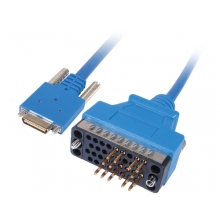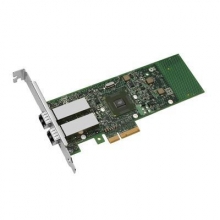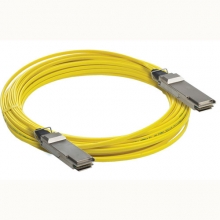- Optical Transceivers
- SFP+ Transceivers
- XENPAK Transceivers
- XFP Transceivers
- X2 Transceivers
- SFP Transceivers
- Compatible SFP
- 3Com SFP
- Alcatel-Lucent SFP
- Allied Telesis SFP
- Avaya SFP
- Brocade SFP
- Cisco SFP
- D-Link SFP
- Dell SFP
- Enterasys SFP
- Extreme SFP
- Force10 SFP
- Foundry SFP
- H3C SFP
- HP SFP
- Huawei SFP
- Intel SFP
- Juniper SFP
- Linksys SFP
- Marconi SFP
- McAfee SFP
- Netgear SFP
- Nortel SFP
- Planet SFP
- Q-logic SFP
- Redback SFP
- SMC SFP
- SUN SFP
- TRENDnet SFP
- ZYXEL SFP
- Other SFP
- FE SFP
- GE SFP
- OC3 SFP
- OC12 SFP
- OC48 SFP
- Copper SFP
- CWDM SFP
- DWDM SFP
- BIDI SFP
- Fiber Channel SFP
- Multi-Rate SFP
- SGMII SFP
- Compatible SFP
- GBIC Transceivers
- Passive Components
- Networking
- Cables
- Equipments
- Tools
- Special Offers


Groundwork laid for high-speed Internet
Like the installation of power lines in the late 1920s and the paving of roads in the early 1930s, a new infrastructure is being prepared now in St. Mary’s County. The casings for fiber optics lines are being laid along state highways now to bring faster Internet speeds to more areas of the county.
As part of the Maryland Inter-County Broadband Network, a $158 million project, fiber optic lines are being spread to local governments, schools and libraries.
In St. Mary’s conduits are being installed along routes 235, 4 and 5 now.
“There is theoretically no limit to the bandwidth,” said James Corns, director of informational technology for St. Mary’s County public schools.
Today’s speeds on dark fiber reach 10 Gbps (gigabits per second) whereas cable Internet speeds are offered up to 25 Mbps (megabits per second). The capacity along fiber lines can go higher as connection technologies improve over time.
All but two of the county’s public elementary schools are currently connected to the Internet by cable modems, Corns said. Carver and Evergreen elementary schools are on fiber already.
Cable Internet bandwidth is shared by all the computers in a school. There is one cable modem per elementary school, and there can be as many as 200 computers trying to pull data up and down, Corns said. “That’s a problem,” he said.
Online testing as part of the federal Race to the Top program, which is sending funding to Maryland schools, will utilize faster Internet connections, but that is just one component of the upgrade.
“We should be a 21st-century learning environment,” Corns said, doing course work online and communicating online with other schools.
“The network is the one thing hindering us from a rich online experience for our kids,” he said.
The most significant cost is opening up the ground and installing the protective conduits for the dark fiber, said Bob Kelly, director of the St. Mary’s County Department of Public Safety and Information Technology.
“All of our schools, all of our county offices will be connected with fiber,” he said.
County libraries, high schools, middle schools and board of education administrative offices are already on dark fiber, he said.
But what about homeowners who still don’t have broadband Internet connections? Does this project benefit them?
“It could,” Kelly said.
There will be future access to fiber, Corns said, whether it comes from the private market or another project by a cooperative called Maryland Broadband.
“This isn’t the last mile going to the people’s homes — it’s the middle mile,” Kelly said.
The Inter-County Broadband Network cable lays down 48 strains of fiber and public schools only need two, Corns said.
But building the infrastructure down a long, rural road to a few houses is costly.
Under the Inter-County Broadband Network, one vendor installs the conduit, another one pulls the fiber through and another vendor installs the hookups. The target date to light up the connection is January 2013, Corns said.



















































